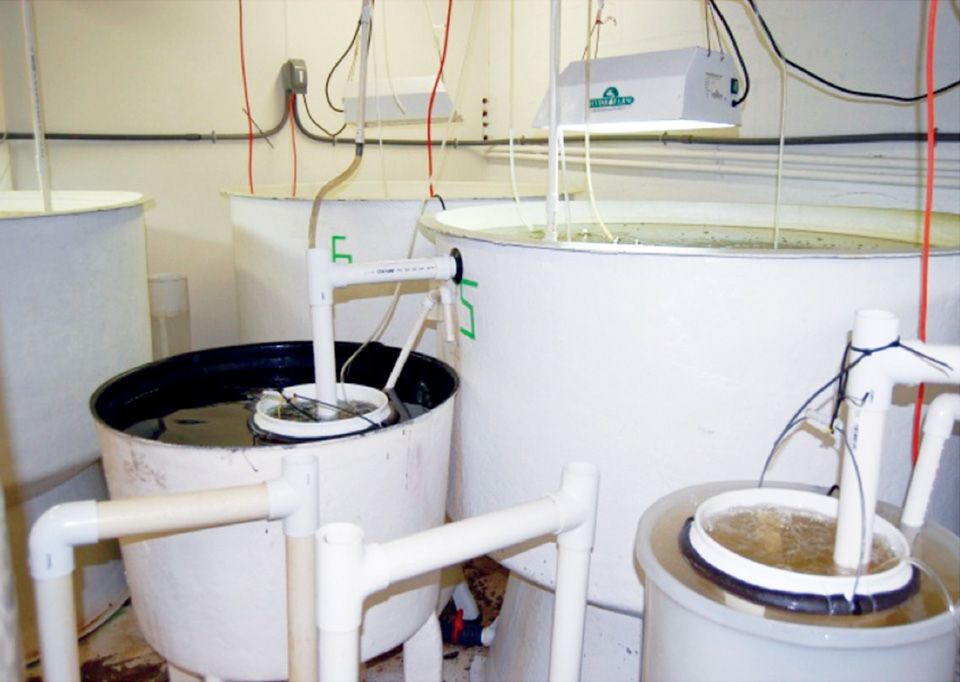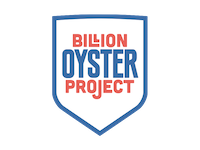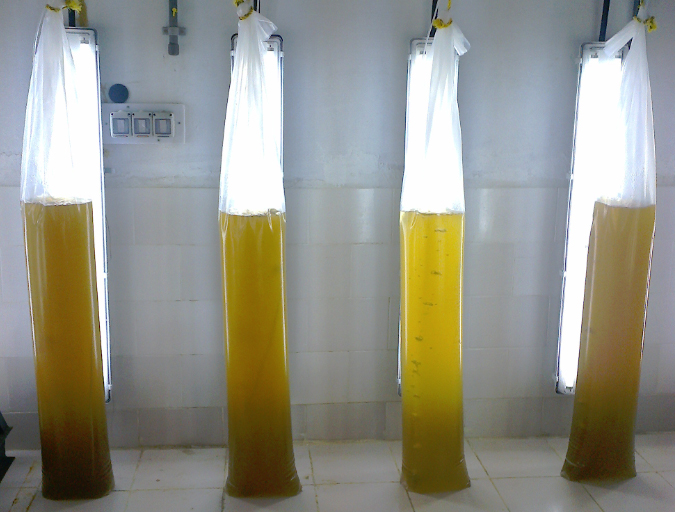- Joined
- Oct 23, 2018
- Messages
- 461
- Reaction score
- 447
Hi everyone! I am looking into culturing Parvocalanus copepods for raising baby fishes (and perhaps for treating the adult fish). How does this protocol sound?
CONTAINERS; Two 2 gallon buckets, each with a weak (a couple bubbles a second) airline in them and a small (25 watt) heater. They will likely not be filled to the brim.
FOOD; Homegrown Isochrysis, in quantities sufficient to turn the cultures a weak tea color. Will be checked twice daily for culture color, but will only be fed if a tint is not visible.
HARVEST; One bucket will hold a maturing culture, the other a reproducing culture. Once a day the reproducing culture will be mostly siphoned through 5/16" ID tubing (or perhaps smaller tubing) with roughly 100 micron mesh (exact size TBD) on the end inside the bucket so that only eggs and nauplii are harvested; the eggs and nauplii will then be collected with a 25 micron mesh and the now copepodless water gently returned to the bucket.
MAINTENANCE; Each culture will be set up with nauplii (ideally around 4-5 nauplii per ml) and new saltwater, and fed with Isochrysis whenever the water is clear. Chloram-X will be added daily to control ammonia levels. After a week, I will start harvesting the culture daily; a week after that, the culture will be restarted with new water and some of the nauplii harvested that day. The two buckets will be staggered a week apart to ensure a constant supply.
How does all of this sound? And would there be any benefit to adding a small sponge filter at the end of the air lines? Thanks
CONTAINERS; Two 2 gallon buckets, each with a weak (a couple bubbles a second) airline in them and a small (25 watt) heater. They will likely not be filled to the brim.
FOOD; Homegrown Isochrysis, in quantities sufficient to turn the cultures a weak tea color. Will be checked twice daily for culture color, but will only be fed if a tint is not visible.
HARVEST; One bucket will hold a maturing culture, the other a reproducing culture. Once a day the reproducing culture will be mostly siphoned through 5/16" ID tubing (or perhaps smaller tubing) with roughly 100 micron mesh (exact size TBD) on the end inside the bucket so that only eggs and nauplii are harvested; the eggs and nauplii will then be collected with a 25 micron mesh and the now copepodless water gently returned to the bucket.
MAINTENANCE; Each culture will be set up with nauplii (ideally around 4-5 nauplii per ml) and new saltwater, and fed with Isochrysis whenever the water is clear. Chloram-X will be added daily to control ammonia levels. After a week, I will start harvesting the culture daily; a week after that, the culture will be restarted with new water and some of the nauplii harvested that day. The two buckets will be staggered a week apart to ensure a constant supply.
How does all of this sound? And would there be any benefit to adding a small sponge filter at the end of the air lines? Thanks




















